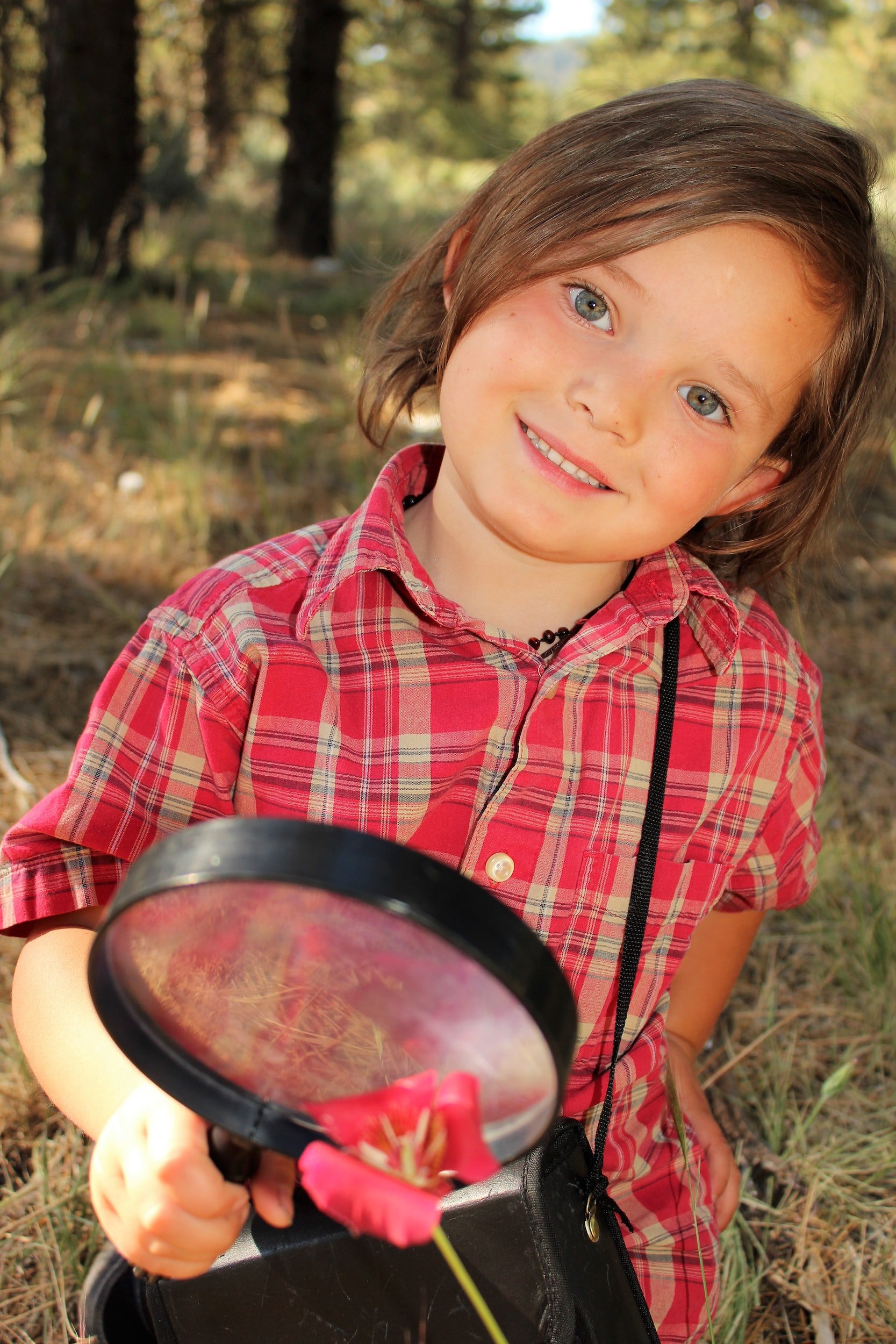How to Make Cognitive Behavioral Therapy Child-Friendly
Cognitive Behavioral Therapy (CBT) is known to be a highly intellectual and conversation-based form of therapy that includes homework. How is it that therapists can apply these principles to working with children, even young children?
CBT helps clients see how their emotions are caused by thoughts, and helps clients debunk the validity of some of those thoughts. Our untrue thoughts are usually the result of negative distortions, which inaccurately color our processing of the world. We are especially prone to negative thoughts in our analysis of ourselves.
While children may not be able to readily name the 12 major negative distortions, such as personalization, catastrophization, and discounting the positive, they are usually able to notice a negative interpretation. Children are natural debaters and questioners.
When enlisted as detectives rooting out the truth in their thoughts, young minds can be very inquisitive.
With proper guidance, children can reframe incidents and comments based on how they would interpret them if they happened to someone else. Similarly, children can be asked to compare their negative self-talk to the way that they talk to their friends. Most can admit that they would be a terrible friend if they spoke to their friends as unkindly as they speak to themselves.
Cognitive Behavioral Therapy can also be woven into play therapy. Playing a character with a puppet, I might reenact a scenario that a child experienced, such as watching her sister receive praise. As the puppet, I vocalize the negative self-talk that the child regularly experiences, and the child naturally takes on a soothing counter-opinion in our role play. Play therapy allows a child to step outside their reality and with the power of imagination, combat negative interpretations.
If you would like to learn more about CBT for children, please contact Chelsea at Kairos Wellness Collective.

